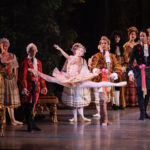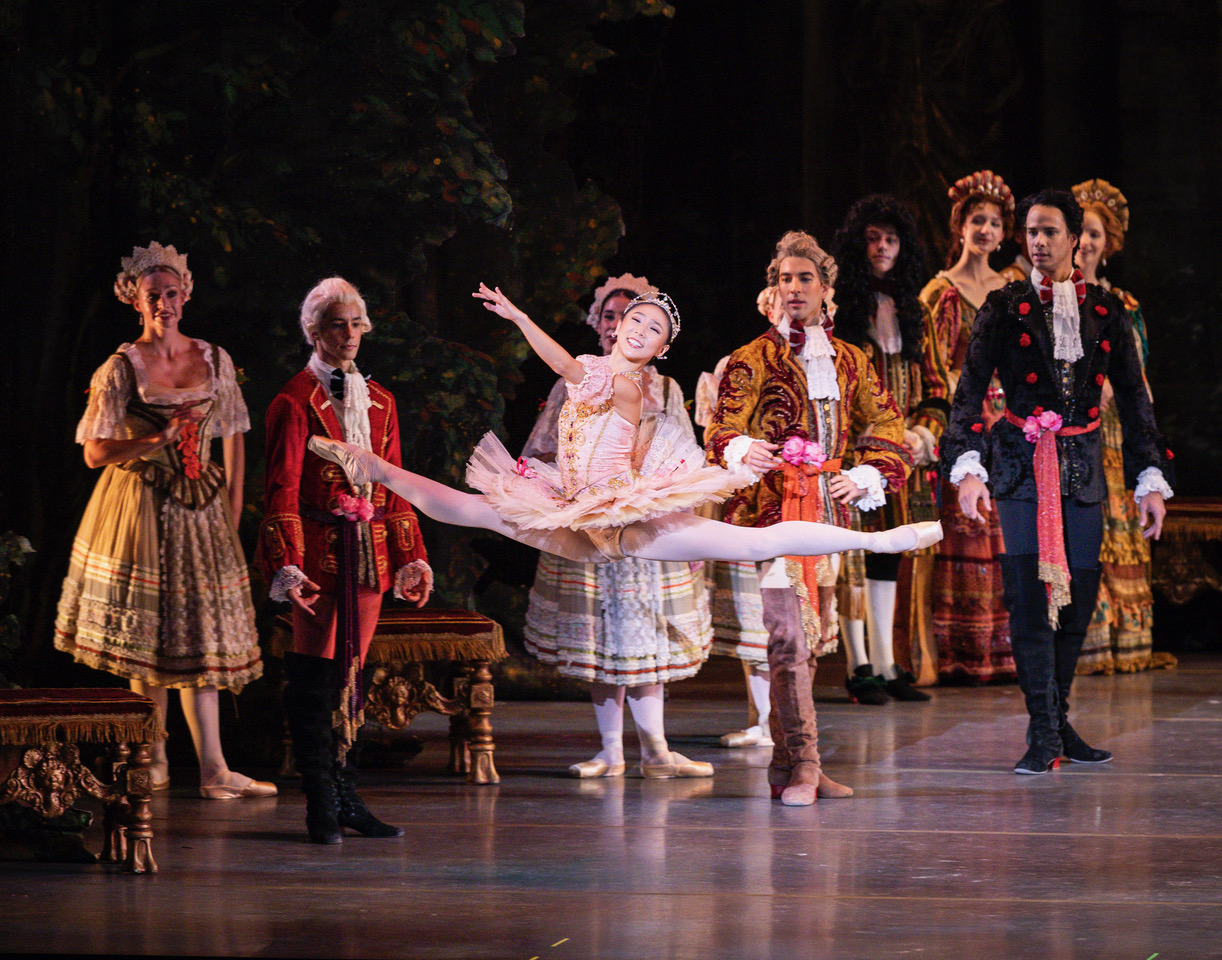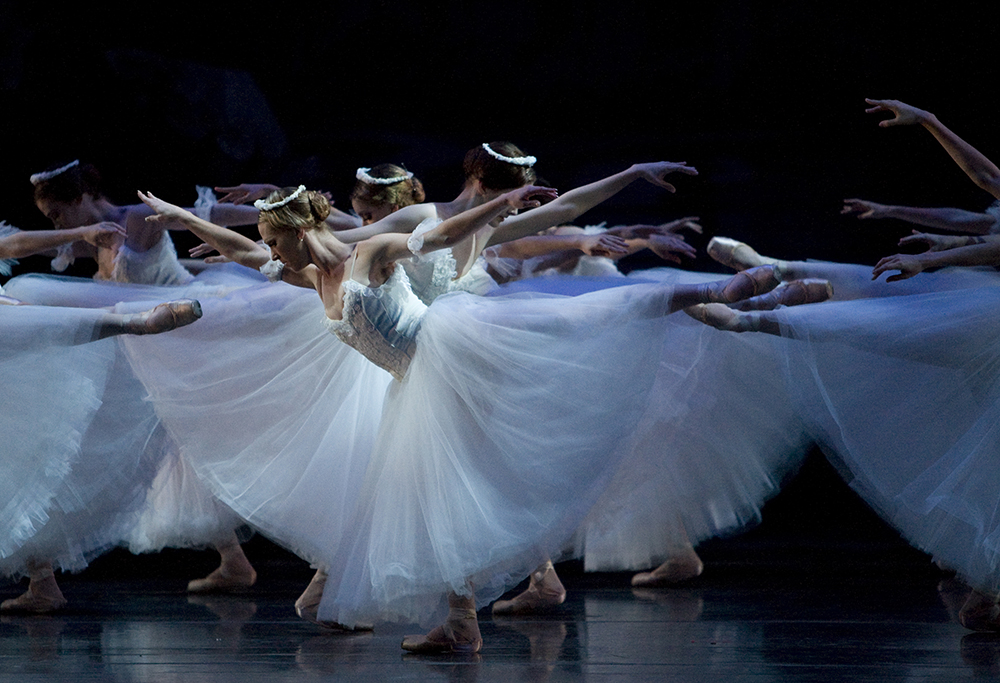
The Romantic era was an artistic and intellectual movement that spanned across Europe and peaked during the early to mid 19th century. In the ballet world, its beginnings are attributed to the 1832 debut of La Sylphide in Paris, but its influence can still be seen today. Defined by stories of good and evil, that almost always includes a supernatural element, Romantic ballet also marked the rise of the ballerina.
In an art form that had been dominated by men for centuries, Romantic ballets elevated the role of women. The emphasis on otherworldly characters put women’s footwork in the limelight and audiences couldn’t get enough of the more intricate and challenging choreography. This switch eventually led to the creation of the pointe shoe! Women became the central focus in ballets and developed a specific style, noted for their soft and willowy appearance. However, this was quite deceiving, as their technical proficiency became more and more demanding by incorporating elements of pointe work and introducing jumps.
Romantic ballets were also defined by their costumes, a tutu to be more specific. Made of multiples layers of tulle and cut anywhere between the knee and the ankle, the Romantic tutu is what allowed the audience to see a ballerina’s dainty feet and fairy-like footwork. It also aided the mystical storylines by making the women appear weightless, as though they were floating across the stage.
Here are three Romantic ballets that have stood the test of time and are performed around the world to this day:
La Sylphide
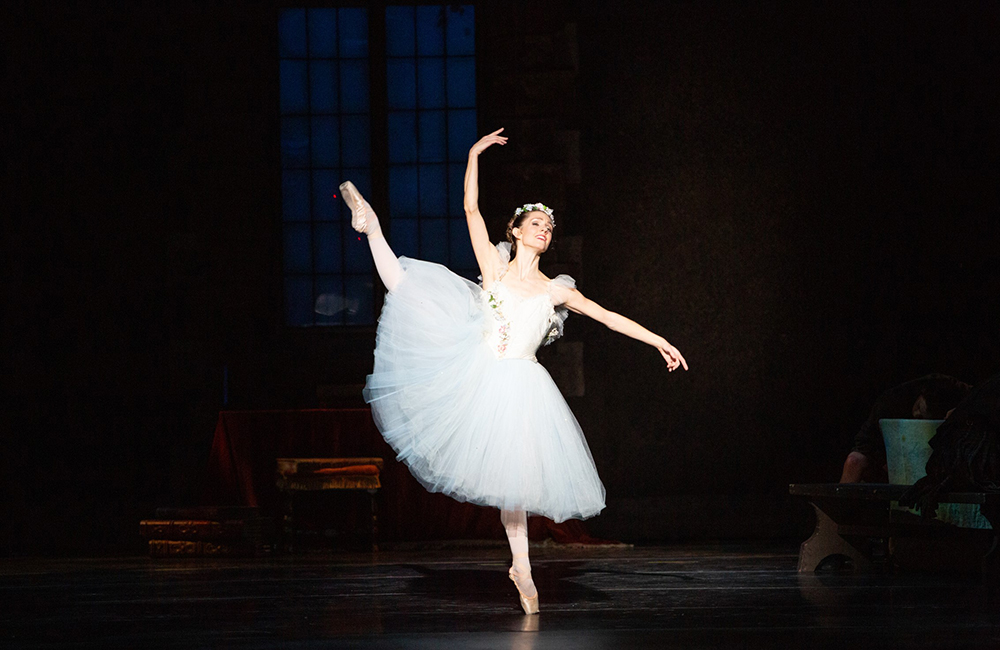
This two-act ballet has everything you could ever want in a romantic ballet, betrayal, mystery, magic, and romance.
On the eve of his wedding day, a young farmer named James, dreams of a beautiful mythical creature known as a sylph and falls in love. Confused and convinced that the sylph was not real, James precedes with the wedding preparations. Just moments before the wedding, the reappearance of the beautiful sylph has James rethinking whether or not he should go through with the ceremony. He abandons his betrothed, Effie, and runs away to the forest to find the Sylph. The story comes to a tragic end when the Sylph dies from a magical curse and Effie marries another, leaving James heart-broken and alone.
Giselle
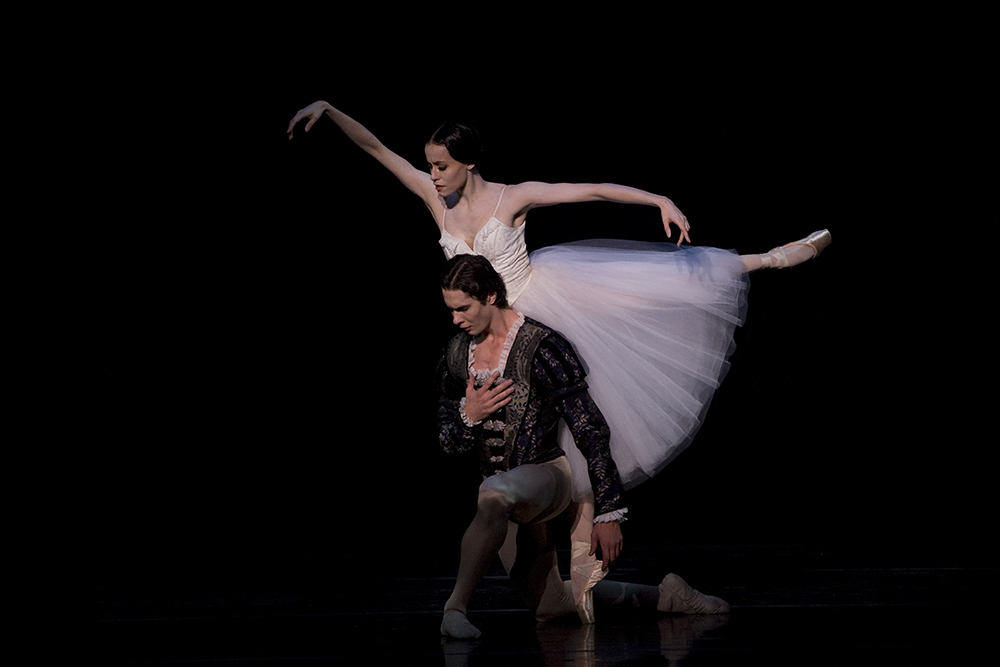
Giselle is a hauntingly beautiful romantic ballet. It tells the story of Giselle, a young, peasant girl, who falls in love with a young man named, Loys. She is then betrayed by her lover, learning that he is actually a prince, disguised as a villager and is betrothed to another. Upon discovering his betrayal, Giselle goes mad and dies of a broken heart.
In her death, Giselle is welcomed amongst the Willis, who are ghosts of young women, who have died due to the betrayal of a loved one. The Willis thrive on tormenting those who have betrayed them and when Albrecht visits Giselle’s grave, he is sentenced to dance to his death by their magical force. However, the power of Giselle’s love for Albrecht, spares his life, allowing her to break free of the Willi’s control and rest in peace.
Coppélia
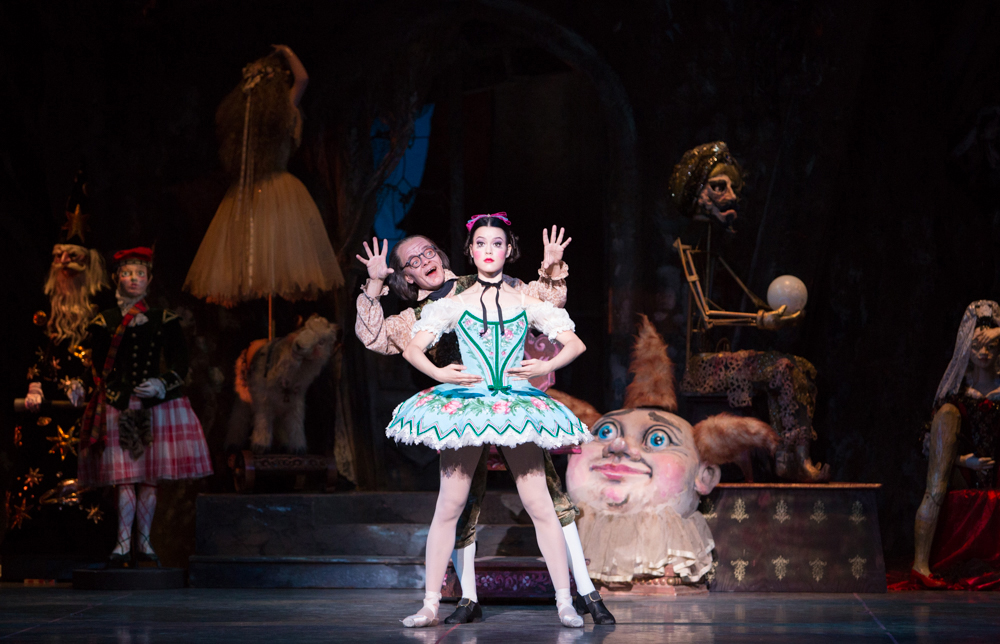
Considered the last ballet of the Romantic era, Coppélia, tells the much happier and comedic story of Franz and Swanhilda.
Set in a small village, the eccentric Dr. Coppélius sets the villagers in a frenzy when debuting his newest creation, a life-size doll. Thinking the doll is a real person, Franz becomes enamored, causing a lover’s quarrel with his betrothed, Swanhilda. Upset, Swanhilda and her friends decide to investigate Dr. Coppélius’ house and find this mysterious young lady. Franz is interested in finding her as well, arriving shortly after, only to be met by Dr. Coppélius, who has a wicked plan to take Franz’s spirit from his body and put it into his doll. Swanhilda eventually saves Franz and the lovers are reunited and get married the following morning!


